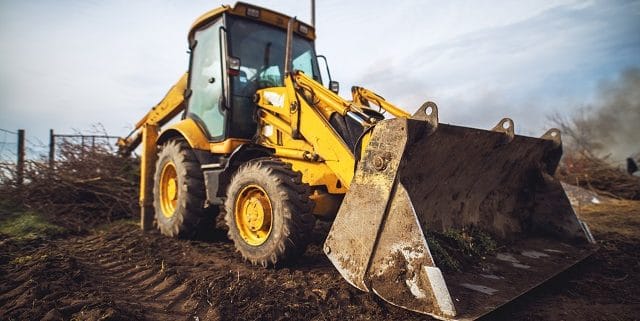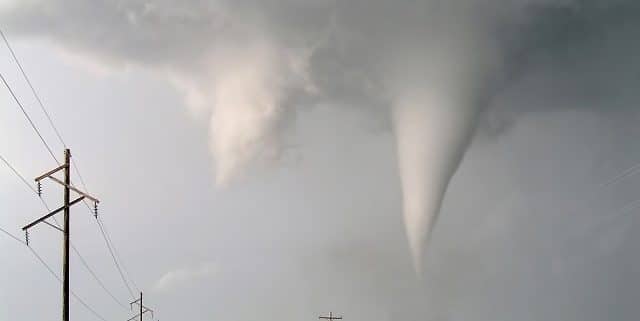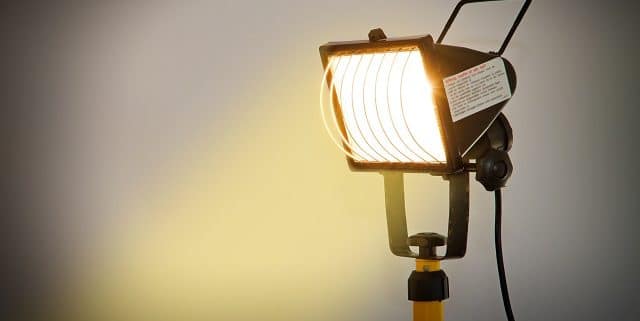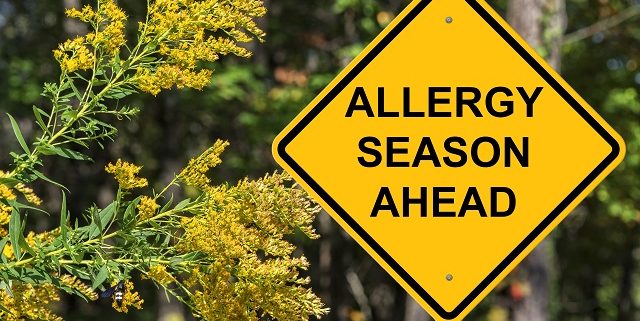Sunburns – Part 1
I know we aren’t even into the full swing of summer yet, but for some of us the sun just peeking out gives us anxiety. Even though some people; mostly those with very light colored skin and hair need to take extra precautions when working outdoors, it needs to be on everyone’s mind. Our ozone layer isn’t what it used to be. With big holes in it, nothing is protecting any of us from UV rays. So here are a few things to think about while working in the sun.
There are a few things that can make you more sensitive to ultraviolet rays. Like mentioned above, being very pale or having light colored hair can make you more susceptible to burning in the sun. That doesn’t mean you are safe if your complexion or hair is darker. If you had a bad sunburn in the past, you are more likely to burn again. Also certain medications and facial creams can put you in the high risk category too, so read your labels. Sunburns are very painful and can cause serious health issues in the future including melanoma, skin cancer and blindness. Please don’t think you are safe from long term damage if you’re in a vehicle. UVA rays can penetrate the vehicle window. According to the New England journal of medicine these rays can penetrate the epidermis and upper layers of dermis, causing thickening of the epidermis, stratum corneum, and destruction of elastic fibers. So how do you protect against short and long term damage when you work outside or stuck in a work truck all day? Let’s get into that tomorrow.










